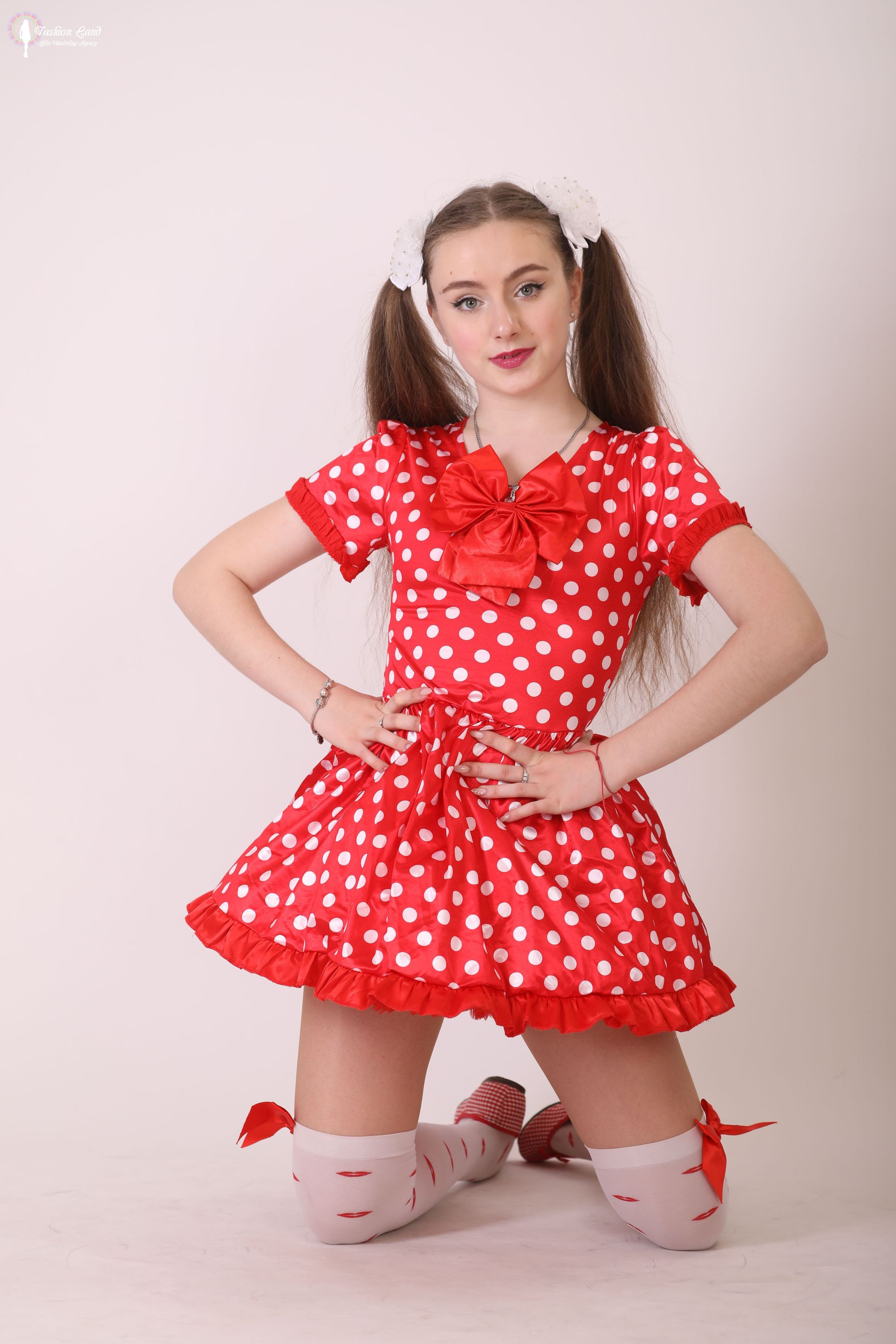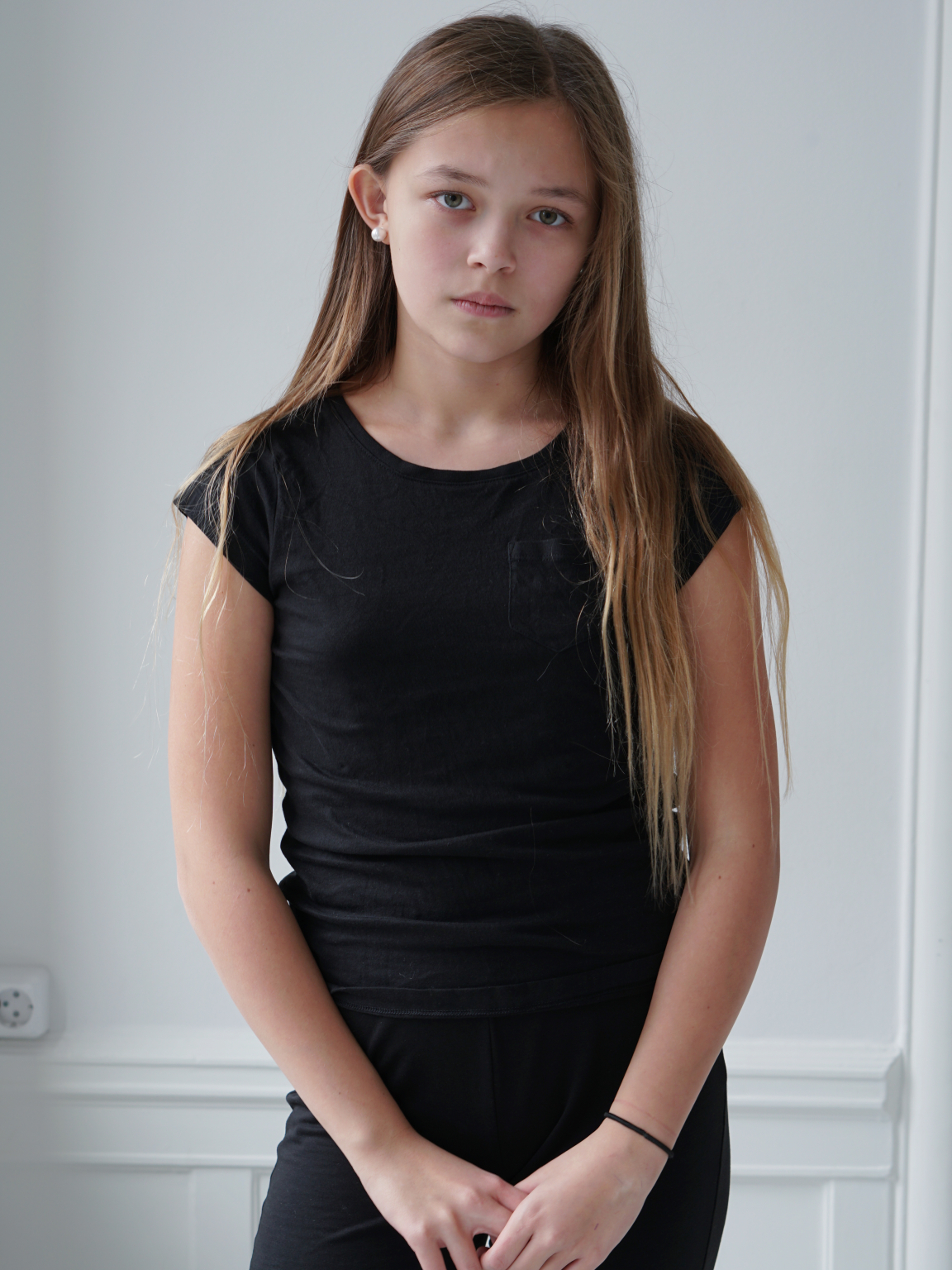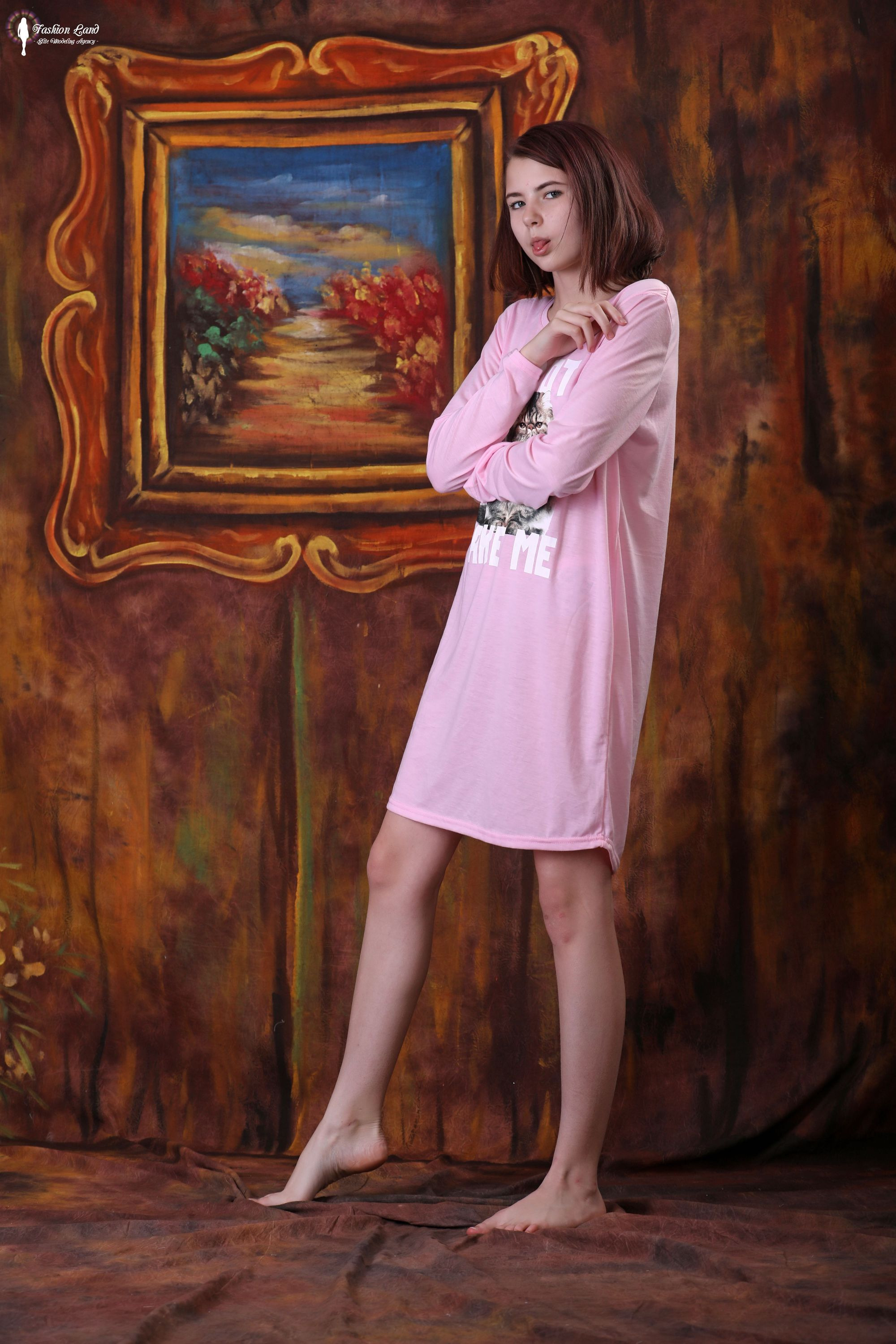What is "fashion-land"?
Fashion-land is a term used to describe the world of fashion, including its designers, models, photographers, stylists, and the media that covers it. It is a complex and ever-changing industry that is constantly evolving to reflect the latest trends and styles.
Fashion-land is a global industry that employs millions of people and generates billions of dollars in revenue each year. It is a major force in popular culture and has a significant impact on the way we dress, think, and feel about ourselves.
- Keira Knightley Natalie Portman A Look At Their Shared History Style
- Odell Beckham Jr Isiah Brothers Nfl Journey
The Importance of Fashion-land
Fashion-land is important for a number of reasons. First, it is a major economic force. The fashion industry creates jobs, generates revenue, and supports businesses around the world. Second, fashion is a form of self-expression. It allows us to communicate our personality, style, and values to others. Third, fashion can be a source of inspiration and creativity. It can help us to see the world in new ways and to imagine new possibilities.
The Benefits of Fashion-land
There are many benefits to being involved in fashion-land. For example, fashion can help us to:
- Express ourselves creatively
- Feel more confident and stylish
- Make new friends and connections
- Learn about different cultures
- Stay up-to-date on the latest trends
The Historical Context of Fashion-land
Fashion-land has a long and rich history. The first evidence of clothing dates back to around 100,000 years ago, when humans began to wear animal skins and furs to protect themselves from the cold. Over time, clothing became more elaborate and decorative, and it began to be used to express social status and cultural identity.
The modern fashion industry began to take shape in the 19th century, with the rise of mass production and the development of new technologies. Today, the fashion industry is a global phenomenon that is constantly evolving to reflect the latest trends and styles.
Conclusion
Fashion-land is a complex and ever-changing industry that is constantly evolving to reflect the latest trends and styles. It is a major force in popular culture and has a significant impact on the way we dress, think, and feel about ourselves. Whether you are a fashionista or not, there is no denying the power of fashion.
fashion-land
Fashion-land is a vast and complex industry that encompasses many different aspects. Here are six key aspects that help to define fashion-land:
- Design
- Production
- Marketing
- Retail
- Media
- Consumers
Design is the heart of fashion-land. Designers are responsible for creating the clothes, shoes, and accessories that we wear. They draw inspiration from a variety of sources, including art, music, and culture. Production is the process of turning designs into actual garments. This involves sourcing materials, cutting fabric, and sewing clothes. Marketing is responsible for promoting fashion products to consumers. This involves creating advertising campaigns, public relations initiatives, and social media content. Retail is the process of selling fashion products to consumers. This can be done through brick-and-mortar stores, online retailers, or both. Media plays a major role in fashion-land. Fashion magazines, websites, and social media accounts help to spread the word about new trends and styles. Consumers are the lifeblood of fashion-land. They are the ones who buy the clothes, shoes, and accessories that are produced by the industry. Consumers' tastes and preferences are constantly changing, so the fashion industry must constantly adapt to meet their needs.
These six key aspects are all interconnected and interdependent. They work together to create the complex and ever-changing world of fashion-land.
1. Design
Design is the heart of fashion-land. Designers are responsible for creating the clothes, shoes, and accessories that we wear. They draw inspiration from a variety of sources, including art, music, and culture.
- Concept and Creation
The design process begins with a concept. Designers may sketch out their ideas or create mood boards to visualize their vision. Once they have a clear concept, they begin to create prototypes. Prototypes are early versions of the garment that are used to test the design and make sure it fits properly.
- Materials and Techniques
Designers use a variety of materials and techniques to create their garments. They may use traditional fabrics such as cotton, silk, and wool, or they may experiment with new and innovative materials such as recycled plastic or bamboo. Designers also use a variety of techniques to construct their garments, such as sewing, knitting, and weaving.
- Trends and Influences
Designers are constantly influenced by trends and events in the fashion world. They may draw inspiration from street style, celebrity fashion, or historical trends. Designers may also be influenced by social and political events, or by the work of other artists and designers.
- Personal Style
Designers often have their own unique personal style that is reflected in their work. This personal style may be influenced by their culture, their background, or their personal experiences. Designers may also develop a signature style that becomes their trademark.
Design is a complex and challenging process that requires creativity, skill, and knowledge. Designers must be able to translate their ideas into wearable garments that are both stylish and functional. The best designers are able to create garments that are both timeless and of-the-moment.
2. Production
Production is the process of turning designs into actual garments. This involves sourcing materials, cutting fabric, and sewing clothes. Production is a complex and challenging process that requires a great deal of skill and precision. The quality of the finished garment depends on the quality of the materials used and the skill of the workers who produce it.
Production is a vital part of fashion-land. Without production, there would be no clothes to wear. Production is also a major source of employment in the fashion industry. Millions of people around the world work in factories that produce clothing and accessories.
The production of fashion can have a significant impact on the environment. The textile industry is one of the largest polluters of water and air. It is also a major consumer of energy and resources. However, there are a number of ways to reduce the environmental impact of fashion production. For example, designers can use sustainable materials and manufacturers can use more efficient production methods.
The production of fashion is a complex and challenging process, but it is also a vital part of the fashion industry. By understanding the production process, we can better appreciate the clothes we wear and the people who make them.
3. Marketing
Marketing is the process of promoting and selling fashion products to consumers. It involves creating advertising campaigns, public relations initiatives, and social media content. Marketing is essential for any fashion brand that wants to succeed in today's competitive market.
- Brand Building
Marketing helps to build a brand's identity and image. It creates a consistent message that is communicated across all channels, from advertising to social media. A strong brand identity helps consumers to remember and recognize a fashion brand, and it can also create a sense of loyalty.
- Product Promotion
Marketing helps to promote new products and collections. It creates awareness of the product and generates interest among consumers. Marketing can also be used to drive sales by offering discounts and promotions.
- Customer Engagement
Marketing helps to engage with customers and build relationships. It creates opportunities for customers to interact with the brand, such as through social media and email marketing. Marketing can also be used to provide customer service and support.
- Market Research
Marketing helps to conduct market research and gather insights about consumers. This information can be used to develop more effective marketing campaigns and products that meet the needs of consumers.
Marketing is a complex and challenging field, but it is also essential for success in fashion-land. By understanding the different facets of marketing, fashion brands can develop effective marketing campaigns that reach and engage their target audience.
4. Retail
Retail is the process of selling fashion products to consumers. It can be done through brick-and-mortar stores, online retailers, or both. Retail is a vital part of fashion-land, as it is the point at which consumers interact with fashion brands and make purchasing decisions.
There are many different types of retail stores that sell fashion products. Some stores specialize in a particular type of clothing, such as formal wear or sportswear. Other stores sell a wider range of fashion products, including clothing, shoes, and accessories. Retail stores can be located in a variety of settings, such as shopping malls, high streets, and outlet centers.
Online retailing has become increasingly important in recent years. Online retailers offer a wider selection of products than brick-and-mortar stores, and they are often more convenient for consumers. Online retailers also offer a variety of discounts and promotions, which can make them more affordable than brick-and-mortar stores.
The relationship between retail and fashion-land is symbiotic. Retail provides a platform for fashion brands to sell their products, and fashion brands provide products that consumers want to buy. Retail is also a major source of employment in the fashion industry. Millions of people around the world work in retail stores, helping to sell fashion products to consumers.
Understanding the connection between retail and fashion-land is essential for anyone who wants to succeed in the fashion industry. By understanding the different types of retail stores, the importance of online retailing, and the relationship between retail and fashion brands, you can develop effective retail strategies that will reach and engage your target audience.
5. Media
The media plays a crucial role in the fashion industry, shaping trends, promoting designers, and influencing consumer choices. The relationship between media and fashion-land is symbiotic: the media provides a platform for fashion brands to showcase their collections and reach a wider audience, while fashion provides the media with captivating content that attracts readers, viewers, and listeners.
Fashion magazines, websites, and social media accounts are key players in the media landscape that cover fashion-land. These outlets provide in-depth coverage of fashion shows, designer profiles, and the latest trends. They also feature interviews with fashion icons, stylists, and other industry insiders, providing readers with a glimpse into the world of fashion-land.
The media's influence on fashion-land cannot be overstated. Magazines such as Vogue, Harper's Bazaar, and Elle have the power to make or break trends, and their editors are often seen as tastemakers. Fashion websites and social media accounts also play a major role in shaping public opinion about fashion. Bloggers and influencers with large followings can quickly generate buzz around new trends and products.
In addition to promoting fashion trends, the media also plays a role in educating consumers about fashion history, design, and culture. Fashion documentaries and television shows provide viewers with a behind-the-scenes look at the fashion industry, and they can help to foster a greater appreciation for the art and craftsmanship that goes into creating clothing and accessories.
Understanding the connection between media and fashion-land is essential for anyone who wants to succeed in the fashion industry. By understanding how the media works, fashion brands can develop effective media strategies that will reach and engage their target audience.
6. Consumers
Consumers are the lifeblood of fashion-land. They are the ones who buy the clothes, shoes, and accessories that are produced by the industry. Without consumers, there would be no fashion industry. Consumers' tastes and preferences are constantly changing, so the fashion industry must constantly adapt to meet their needs.
Consumers have a great deal of power in fashion-land. They can decide which trends to follow and which to ignore. They can also choose to support sustainable fashion brands or to buy from fast fashion retailers. Consumers' choices have a significant impact on the direction of the fashion industry.
Understanding the connection between consumers and fashion-land is essential for anyone who wants to succeed in the fashion industry. By understanding what consumers want, fashion brands can develop products and marketing strategies that will appeal to them. Fashion brands must also be responsive to changing consumer trends. By understanding the relationship between consumers and fashion-land, fashion brands can stay ahead of the curve and continue to be successful.
FAQs about fashion-land
Fashion-land is a vast and complex industry. It encompasses many different aspects, from design to retail. Consumers are the lifeblood of fashion-land, and their tastes and preferences are constantly changing. As a result, the fashion industry is constantly evolving to meet the needs of consumers.
Question 1: What is the difference between fashion and style?
Answer: Fashion refers to the latest trends and styles, while style is more personal and reflects an individual's unique taste and personality.
Question 2: How can I find my own personal style?
Answer: Experiment with different trends and styles to see what suits you best. Pay attention to what you feel comfortable and confident in. Don't be afraid to mix and match different pieces to create your own unique look.
Question 3: How can I stay up-to-date on the latest fashion trends?
Answer: Read fashion magazines and websites, follow fashion influencers on social media, and attend fashion shows and events.
Question 4: How can I shop sustainably and ethically?
Answer: Look for brands that use sustainable materials and manufacturing practices. Buy fewer items and invest in quality pieces that will last longer. Donate or resell clothes you no longer wear.
Question 5: What are the career opportunities in fashion-land?
Answer: There are many different career opportunities in fashion-land, including design, production, marketing, retail, and media. With hard work and dedication, you can find a career that suits your interests and skills.
Summary of key takeaways:
- Fashion is constantly evolving, so it's important to stay up-to-date on the latest trends.
- Your personal style should reflect your own unique personality and taste.
- There are many ways to shop sustainably and ethically.
- There are many different career opportunities in fashion-land.
Transition to the next article section:
Now that you know more about fashion-land, you can start to explore the different aspects of the industry and find your own unique style.
Conclusion
Fashion-land is a vast and complex industry that is constantly evolving. It encompasses many different aspects, from design to retail, and it is influenced by a variety of factors, including social, cultural, and economic trends. Consumers are the lifeblood of fashion-land, and their tastes and preferences are constantly changing. As a result, the fashion industry must constantly adapt to meet the needs of consumers.
Understanding fashion-land is important for anyone who wants to work in the fashion industry or who simply wants to stay up-to-date on the latest trends. By understanding the different aspects of fashion-land, you can develop a better appreciation for the art and craftsmanship that goes into creating clothing and accessories. You can also make more informed choices about the clothes you buy and the way you dress.
Fashion-land is a fascinating and ever-changing industry. By staying up-to-date on the latest trends and understanding the different aspects of fashion-land, you can be a part of this exciting and dynamic world.


Detail Author:
- Name : Valentina Yost
- Username : gardner.rowe
- Email : conroy.sidney@yahoo.com
- Birthdate : 1978-02-03
- Address : 3405 Kerluke Lane New Deshaunshire, MA 63920-7609
- Phone : (913) 923-2025
- Company : Jaskolski, Rau and Robel
- Job : Educational Counselor OR Vocationall Counselor
- Bio : Nostrum sit architecto ex quia itaque. Odit eum ut quia et dolorum. Ratione veniam quam qui quibusdam similique consequatur. Sequi ut nisi eum iure.
Socials
tiktok:
- url : https://tiktok.com/@malachidickinson
- username : malachidickinson
- bio : Qui perspiciatis id nobis nihil suscipit omnis hic. Qui sit sunt dicta.
- followers : 3300
- following : 2528
facebook:
- url : https://facebook.com/malachi_dickinson
- username : malachi_dickinson
- bio : Aut optio quam impedit eveniet consequatur est est recusandae.
- followers : 889
- following : 361
instagram:
- url : https://instagram.com/malachi_dickinson
- username : malachi_dickinson
- bio : Provident sit enim omnis beatae. Modi optio dicta eveniet sint autem quia et. At eos cupiditate id.
- followers : 4396
- following : 1231
linkedin:
- url : https://linkedin.com/in/mdickinson
- username : mdickinson
- bio : Non unde est provident.
- followers : 1687
- following : 1973
twitter:
- url : https://twitter.com/malachi_dev
- username : malachi_dev
- bio : Vitae neque consequuntur porro autem eos iure non. Rerum est blanditiis et. Modi nihil iure ducimus perferendis. Vel quis magnam hic aut explicabo libero quod.
- followers : 4679
- following : 2608